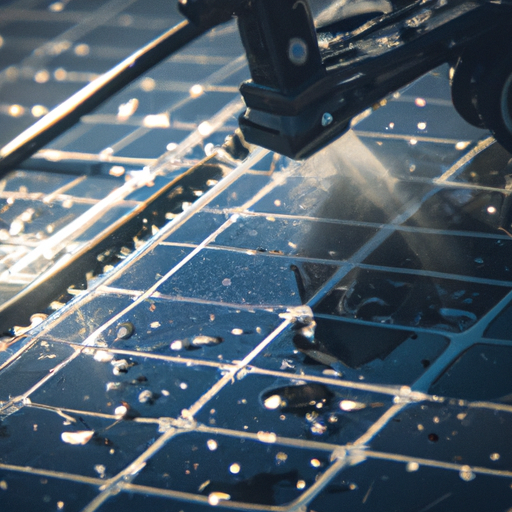Solar panel assessments following severe weather incidents have always been a painstaking and pricey process that involves shutting down, examining, and often removing panels for thorough laboratory analysis. To make matters worse, many inspections yield minor damage reports, making the procedure an overly complicated method of simply ensuring the panel’s well-being.
But the wind of change is blowing with the introduction of a novel system by the National Renewable Energy Laboratory (NREL). The genius minds at NREL have collaborated with industry partners to devise a solution that makes this process less convoluted and more efficient. Enter the PLatypus device, a handy tool that harnesses the luminescent capabilities of the solar cells’ semiconductors to expedite panel check-ups and damage detection.
Transforming Light Energy Into Diagnostic Data
The PLatypus device works by casting light on solar cells, which then shine again back to the camera-equipped device. Any damage to the cell hinders this photoluminescence process resulting in less bright light. Thus, by measuring the light intensity, the PLatypus can swiftly ascertain the exhibiting health issues if any, of the installed panels. It’s a beautifully simplistic yet powerful approach that reduces complex experimental procedures to a simple play of light.
The Game-changer in Solar Energy Management
What further distinguishes the PLatypus device is its capability to diagnose an entire system’s health without interrupting the embedded electronics. Evidently, it remains an exceptional leap forward in terms of shortening timeline and driving down costs associated with solar panel check-ups. This pioneering device falls under the development process of U.S. Department of Energy Solar Energy Technologies Office-funded Durable Module Materials Consortium (DuraMAT), steered by NREL.
This progressive innovation marks a turning point in solar energy management, breathing new life into sustainability efforts. To find out more about this innovation, do visit the original article by NREL’s, Harrison Dreves.
